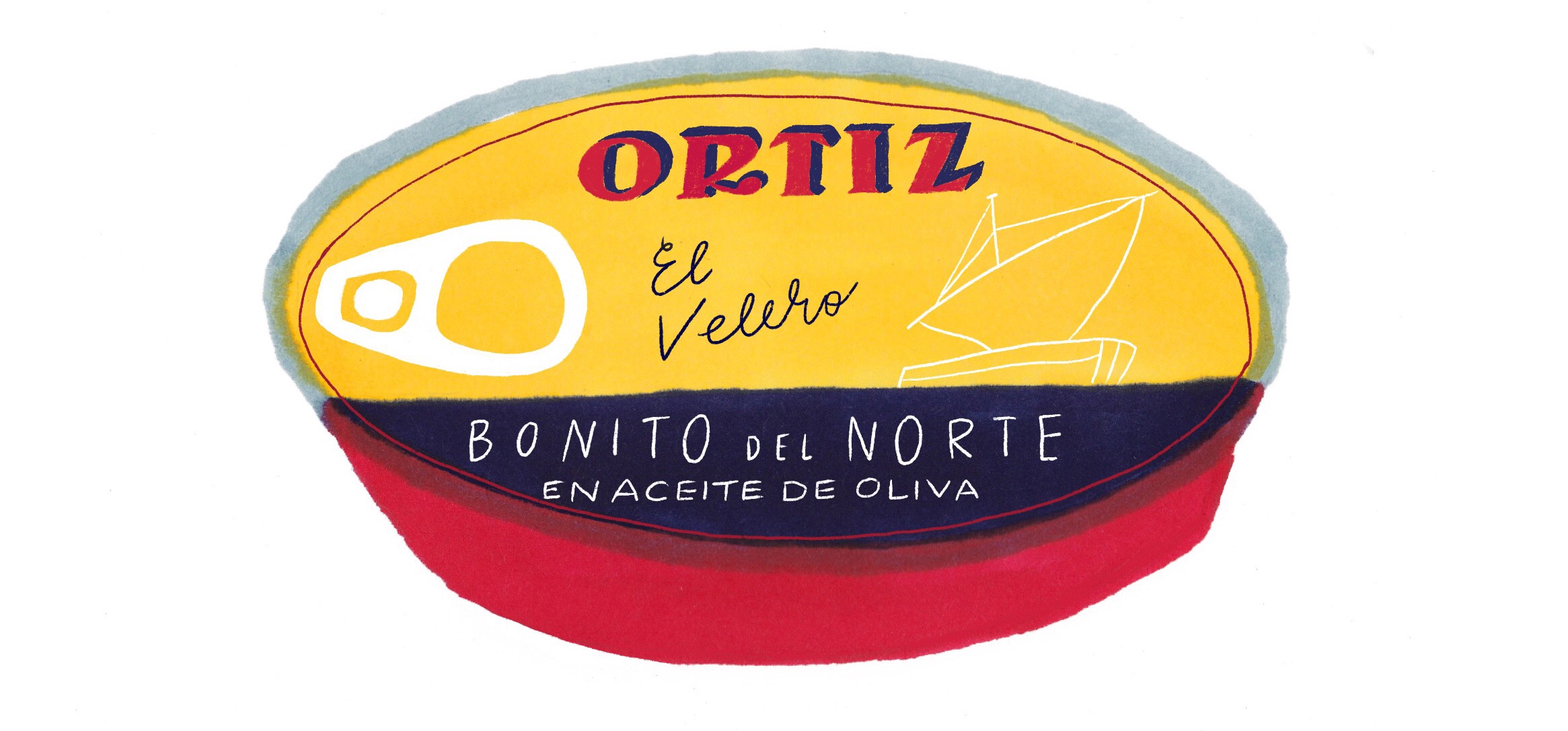A round plate comes naturally from the potter’s wheel — there’s no other way.
You are transformed into a tiny little being and you jump on the plate, which is huge now. You are right at the center. Look around… the raised edges of your new planet are your new heights, and the surface between them and yourself is so smooth. No bumpy rides, no angles whatsoever.
Now you can fly and look at the plate from above, and you just see a circle. Magically place it on a table, now the circle is inside a rectangle. Move it closer to the inner border of the rectangle and make it spin, drag it along the limits of its container, it slides so easily.
You are now sitting at the table and there is food on the plate. Reach it with your arms. You can do it blindfolded because you know what to expect: a circle is a circle and, no matter how your hands approach it, the distance between your shoulders and the plate will be the same. Bring your dish a little closer and lean forward, there are no corners pointing at you, there are no threats.
A round plate has no angles, no straight lines to align to the side of the table. It resembles the shape of the place where we live. There’s no wrong way to place it and no best way to reach it. A pile of round plates is easy to assemble, and they came so naturally from the potter’s wheel. These are a few reasons why we’ve been using round plates for thousands of years.

Illustration by Silvia Fernández Palomar
When a chef comes up with a new technique that results in a dish that’s never been served before, there is an opportunity to create a new plate that enables a certain experience. Maybe there is a final assembly of ingredients at the table, or they are to be eaten in a specific way. A round plate might do the job, but a new shape can provide new affordances, if the restaurant is willing to invest in time and craft to create a custom designed container that takes into account the context, the eater, and the desired interaction with the food.
Pottery technology has evolved and there isn’t a wheel anymore, so square plates are easily fabricated and sold in the same store that sells round ones, and hey, they look newer, cooler, they even look like a designer plate. But if there isn’t a new eating paradigm, if the food is what it is and the customer will be approaching it as they do at home, if you don’t have time and resources to design a better plate, then chances are a round one will be the best option.